our background story
ABOUT US
Your trusted partner in automotive care – delivering expertise, reliability, and peace of mind with every service
STARTED WITH SMALL
starting with a few people.
From humble beginnings to automotive excellence, West London Motor Services has grown into a trusted name in the industry over the years. Experience our commitment to quality and reliability today
Our shop began as a small operation driven by a passion for cars and a dedication to exceptional service. Over the years, our commitment to excellence has fueled our growth, transforming us into a reputable and reliable automotive destination. Despite our expansion, we remain rooted in our core values of honesty, integrity, and responsibility. Every repair, every service, and every interaction reflects our unwavering dedication to customer satisfaction and safety. Trust us to care for your vehicle as if it were our own, because at [Your Mechanic Officine], responsibility is at the heart of everything we do.


- Work with passion
OUR SHOP
Here are some photos of our store, which opened its doors 15 years ago

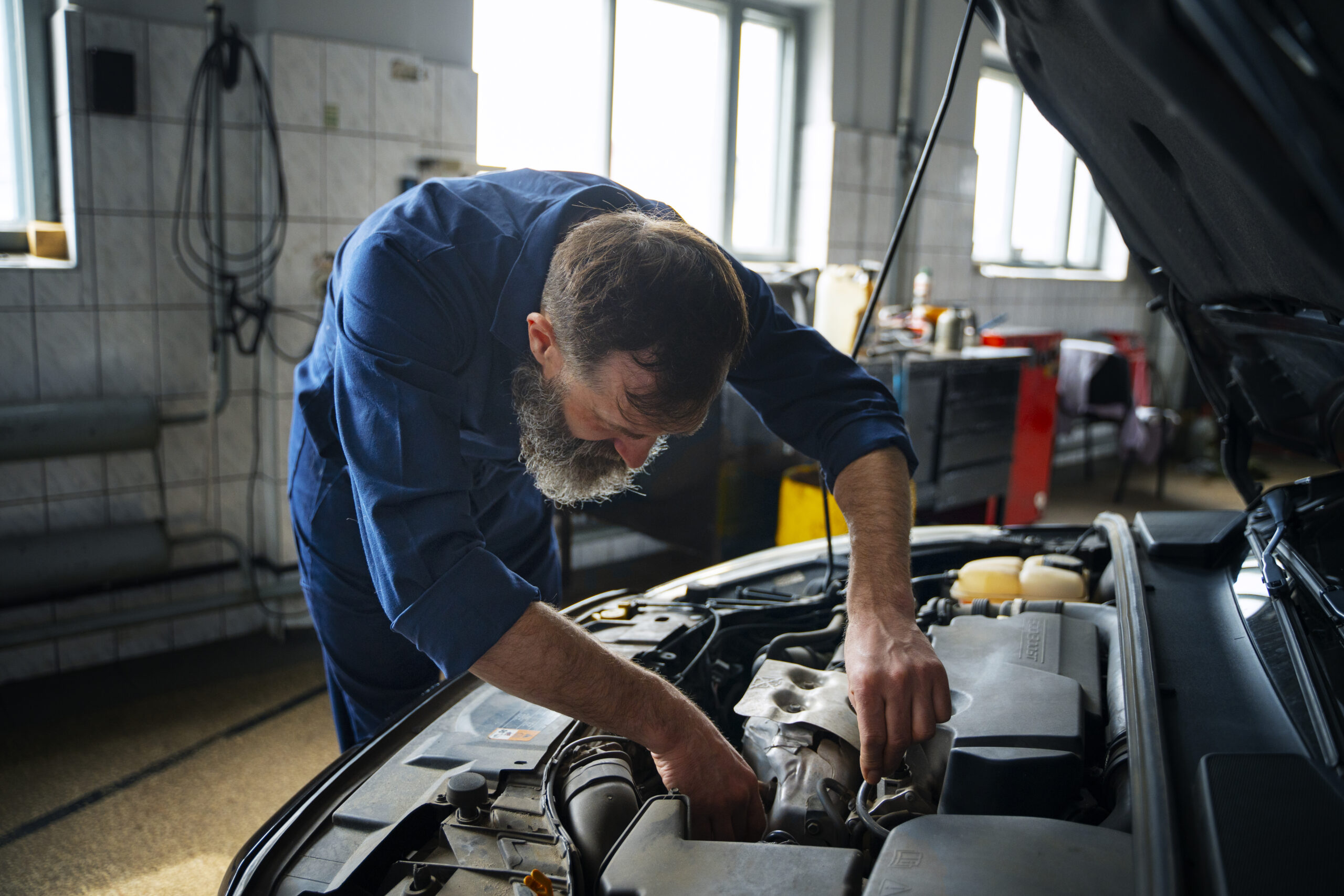
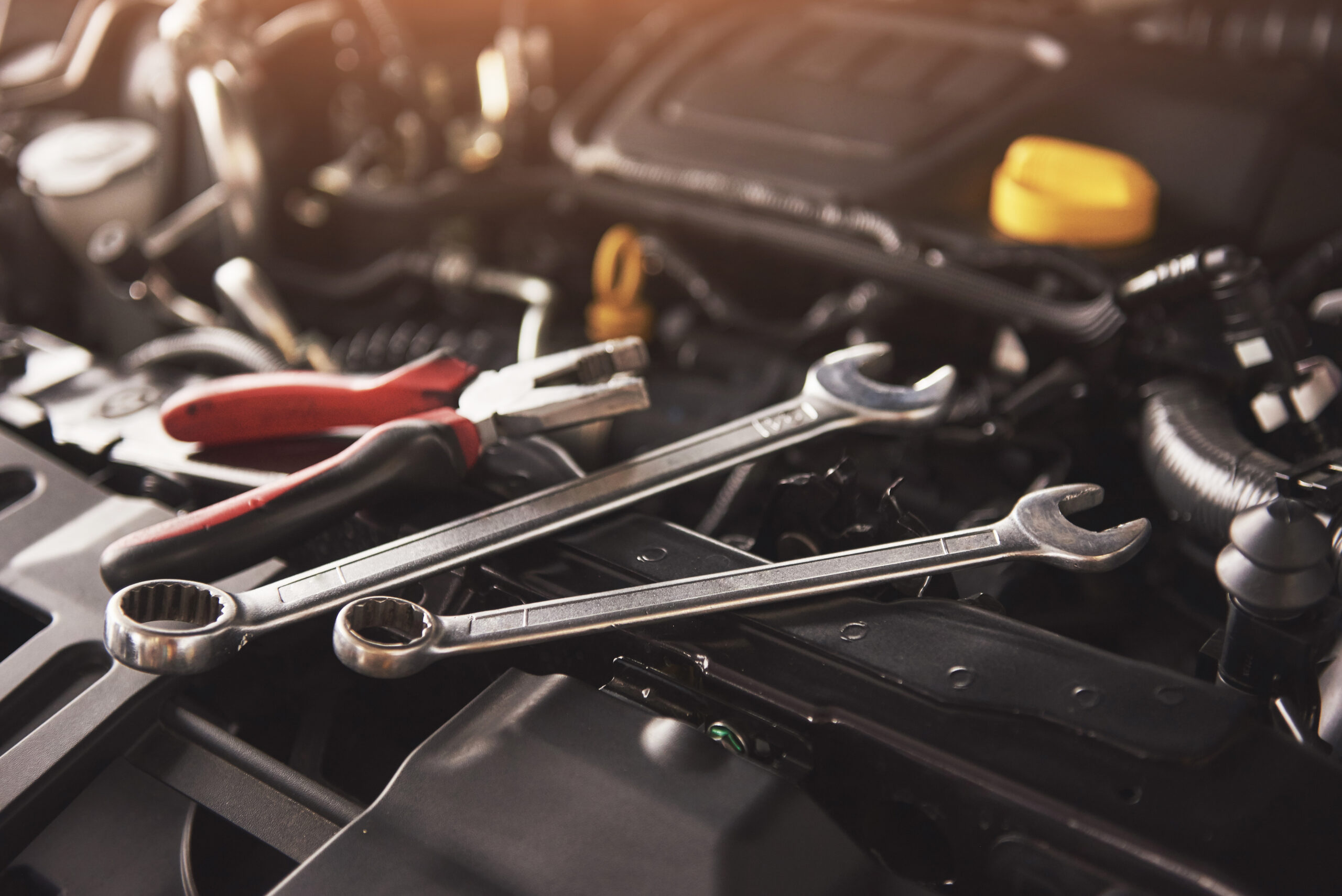
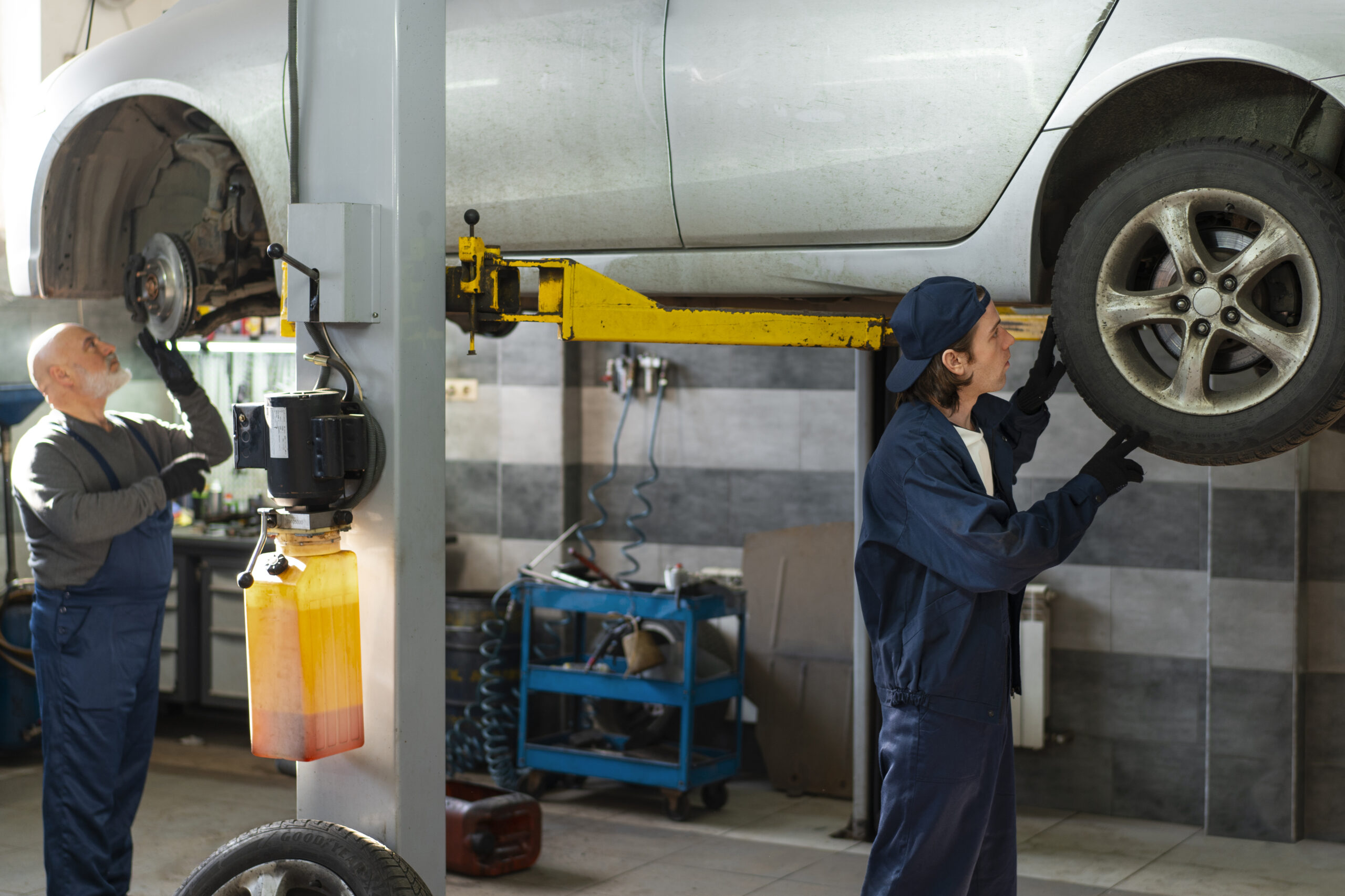
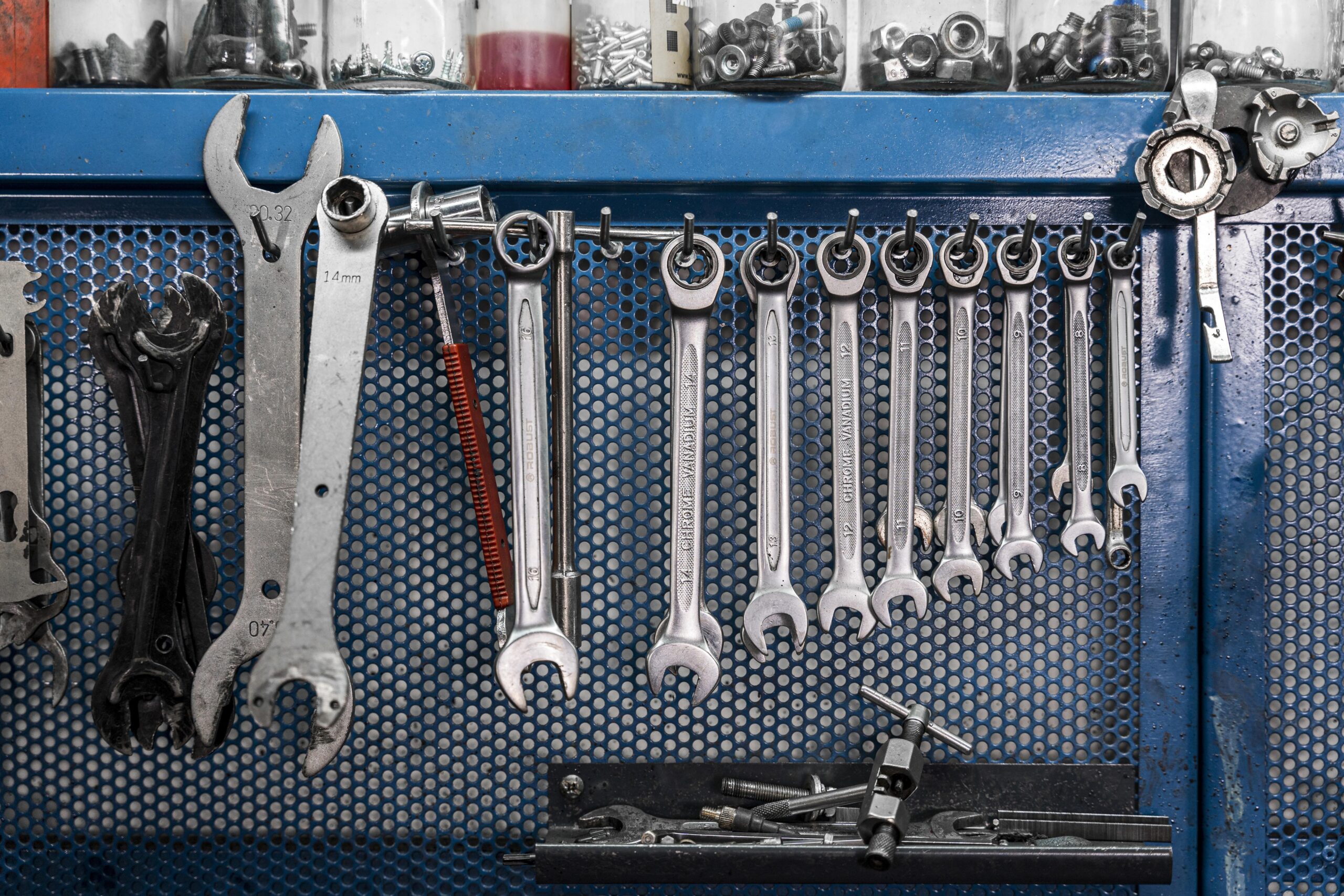
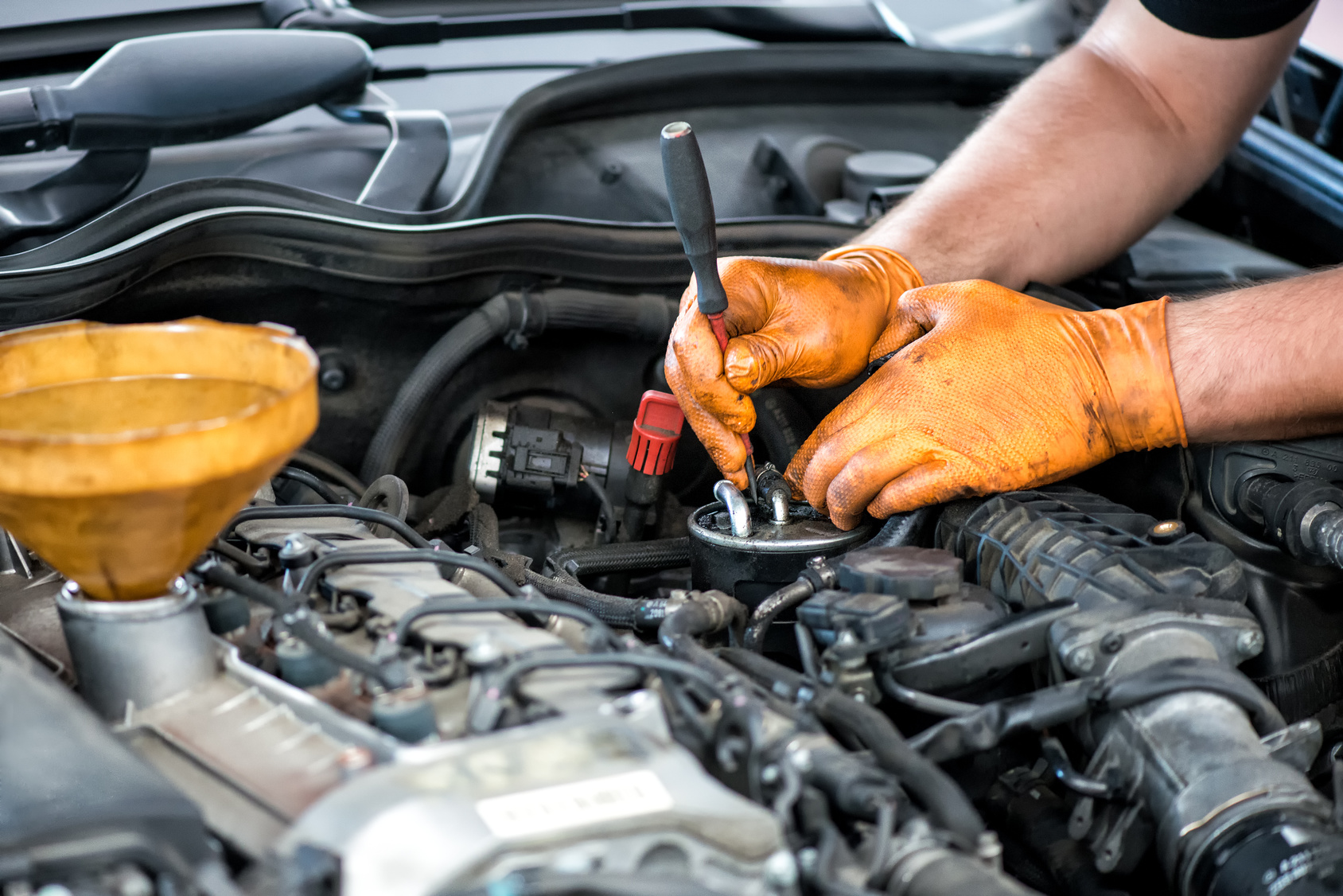
OUR TEAM
THE EXPERT PEOPLE
We Always Available 24/7
contact us for more detail about all of your problems
OUR SERVICES
WHAT WE DO BEST

TYRES
Tires are the only point of contact your car has with the road, so keeping them in tip-top condition is vital for safety. The process involves repairing, and replacing tires to maintain the performance and ensure maximum grip and minimized rolling resistance

WELDING
Welding plays a crucial role in car manufacturing. This essential process uses intense heat to permanently fuse metal pieces, creating lasting bond. For car parts that experience significant stress and need exceptional durability

AIR CONDITIONING
An air conditioning regas service, is the process of refreshing the refrigerant in your car's air conditioning system. This refrigerant is a special gas that absorbs heat from the car's interior and releases it outside

DIAGNOSTICS
Car diagnostic services involve the use of specialized tools and equipment to identify and analyze issues with a vehicle's onboard computer system, also known as the Engine Control Unit or Powertrain Control Module (PCM).

WHEEL ALIGNMENT
Wheel alignment, also, is a procedure performed on a vehicle's suspension system to ensure that the wheels are positioned correctly relative to each other and to the vehicle's frame. Proper wheel alignment is essential for tire wear.

CLUTCH
A clutch service is a maintenance procedure performed on a vehicle's clutch system to ensure its proper operation and performance. The clutch system is a critical component in manual transmission vehicles, responsible for engaging and disengaging the engine power.

EXHAUST
An exhaust service is a maintenance procedure for your car's exhaust system, to ensure its proper functioning and optimal environmental performance. The exhaust system is responsible for reducing harmful gases produced during the combustion process

MOT
The Car MOT test is a mandatory annual check, designed to ensure your vehicle meets the minimum safety, Roadworthiness, and emission standards. Essentially, it's a health check for your car, making sure it's not a danger t on the road.

SERVICING
Car servicing is essential for maintaining the health and performance of your vehicle. It involves a comprehensive check-up and maintenance of various components to ensure that your car is running smoothly and safely on the road. Drive safe.
TESTEMONIALS
WHAT OUR CLIENTS ARE SAYING
Come here regularly for my car and have recommended this place to all my friends & family. Very friendly and knowledgable staff, the receptionist was super kind too! Overall, great experience, nice to see people that genuinely care about their customers and have great passion in their work. Farzaneh Ataei2024-04-16I changed my car tires with them. professional work. highly recommended.
Farzaneh Ataei2024-04-16I changed my car tires with them. professional work. highly recommended. Mario Butenas2024-04-11These guys did a great job on my car. Many thanks
Mario Butenas2024-04-11These guys did a great job on my car. Many thanks Adrian F2024-04-11Nice service! See you for my MOT in September 😊
Adrian F2024-04-11Nice service! See you for my MOT in September 😊 dean edwin2024-03-03Great service and professional staff!!
dean edwin2024-03-03Great service and professional staff!! J P2024-02-06My needed mot, but it fail. But was told at 10am its going it will be ready at 7pm after repairing. I was working at 4pm. I was so impressed that work on the car was doing at 3pm. I will definitely use them again. Very friendly and helpful staff. Thank you again .
J P2024-02-06My needed mot, but it fail. But was told at 10am its going it will be ready at 7pm after repairing. I was working at 4pm. I was so impressed that work on the car was doing at 3pm. I will definitely use them again. Very friendly and helpful staff. Thank you again . Sofia Hussain2023-10-10I had an emergency and had to get my car fixed right away. I explained the situation and they went over and above to get me on the road. Reasonable prices and good customer service. My car is running like a dream. Thank you to everyone at West London Motor Services.
Sofia Hussain2023-10-10I had an emergency and had to get my car fixed right away. I explained the situation and they went over and above to get me on the road. Reasonable prices and good customer service. My car is running like a dream. Thank you to everyone at West London Motor Services. Karen Ludford2023-08-30Good service. Good value of money.
Karen Ludford2023-08-30Good service. Good value of money. wahab hafeez2023-04-28I’ve been coming to this garage for the past year the service is excellent the staff are very helpful and honest. Highly recommended. Thank you
wahab hafeez2023-04-28I’ve been coming to this garage for the past year the service is excellent the staff are very helpful and honest. Highly recommended. Thank you MIDI DJ2023-04-28
MIDI DJ2023-04-28
FAQ
Frequently Asked Questions
General Question
Stay tuned for some General Questions about our mechanic workshop. If you have any other questions, we would be happy to answer them, contact us!
At the West London Motors Services we offer MOT, servicing, tyres, brakes, exhaust, clutch, wheel alignment, diagnostics, air conditioning regas, welding and other mechanical repairs.
Regular servicing intervals vary depending on your vehicle’s make, model, and usage. We typically recommend servicing every 12 months or 10,000 miles, whichever comes first.
An MOT test evaluates your vehicle’s safety and environmental performance. It’s required annually for vehicles over three years old. The test includes checks on brakes, lights, emissions, and more to ensure your vehicle meets legal standards.
Service and repair times can vary depending on the nature of the work required and the availability of parts. We strive to complete jobs efficiently while maintaining quality standards, and our staff can provide estimated completion times upon assessment of your vehicle.
Customer satisfaction is our top priority. We listen to your concerns, communicate clearly about the work needed, and strive to deliver high-quality service in a timely manner. We also welcome feedback to continuously improve our services and exceed your expectations.
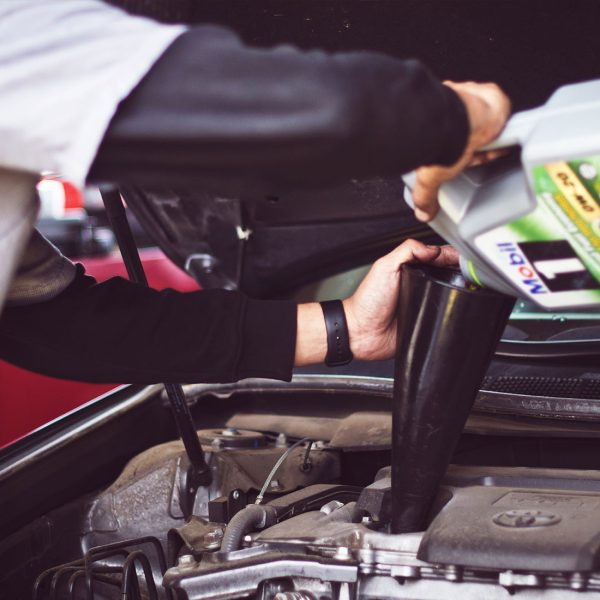
Technical Question

Stay tuned for some Technical Questions. If you have any other questions, our team of professionals would be happy to answer them, contact us!
Here’s a brief guide on how to change the water in your radiator:
- Safety First: Ensure the engine is cool before starting. Never open the radiator cap when the engine is hot to avoid burns.
- Locate the Radiator: Pop the hood and find the radiator, typically at the front of the engine compartment with a cap on top.
- Drain the Coolant: Place a drain pan beneath the radiator drain valve, open the valve, and let the old coolant drain out.
- Flush the System: Refill the radiator with water, start the engine, and let it run with the cap off to flush out remaining coolant. Then, drain the water again.
- Refill with Fresh Water: Close the drain valve and refill the radiator with fresh water.
- Check for Leaks: Start the engine and check for leaks around the drain valve and cap. Tighten as needed.
- Bleed the System: If required, bleed air from the cooling system following your vehicle’s manual.
- Replace the Cap: Securely replace the radiator cap.
- Dispose of Old Coolant Properly: Dispose of old coolant responsibly at a recycling center or hazardous waste facility.
- Maintenance Complete: Congratulations! You’ve successfully changed the water in your radiator, helping maintain your vehicle’s cooling system.
Changing brake pads is an essential part of vehicle maintenance to ensure optimal braking performance and safety. Here’s a brief guide on how to change brake pads:
Gather Materials: You’ll need new brake pads, a lug wrench, a jack, jack stands, a C-clamp, brake cleaner, and a basic socket set.
Prepare Your Vehicle: Park on a level surface, engage the parking brake, and chock the wheels to prevent rolling. Loosen the lug nuts on the wheel you’ll be working on but don’t remove them entirely.
Lift the Vehicle: Use the jack to lift the car off the ground and support it with jack stands for safety. Ensure the vehicle is stable before proceeding.
Remove the Wheel: Fully remove the lug nuts and take off the wheel to access the brake caliper and pads.
Remove the Brake Caliper: Using a socket wrench, loosen and remove the bolts holding the brake caliper in place. Carefully lift the caliper away from the rotor and hang it from the suspension using a wire hanger or bungee cord to avoid damaging the brake hose.
Replace the Brake Pads: Slide out the old brake pads from the caliper bracket. Use a C-clamp to compress the caliper piston back into its housing to make room for the new, thicker brake pads. Install the new brake pads into the bracket.
Reassemble the Caliper: Slide the caliper back over the brake pads and rotor. Ensure it aligns properly with the bracket and rotor, then reinstall and tighten the bolts.
Reinstall the Wheel: Put the wheel back onto the wheel hub and hand-tighten the lug nuts. Lower the vehicle to the ground using the jack and torque the lug nuts to the manufacturer’s specifications.
Repeat the Process: Repeat the process for the other wheels if necessary, ensuring all brake pads are replaced.
Test Brakes: Before driving, pump the brake pedal a few times to restore hydraulic pressure to the caliper piston. Then, test the brakes at low speed in a safe area to ensure they’re functioning correctly.
Remember to consult your vehicle’s manual and follow manufacturer recommendations throughout the process. If you’re unsure or uncomfortable performing this task, it’s best to seek professional assistance from a certified mechanic.
Changing the oil and oil filter is a fundamental part of regular vehicle maintenance to ensure engine longevity and optimal performance. Here’s a brief guide on how to change the oil and oil filter:
Changing the oil and oil filter is a fundamental part of regular vehicle maintenance to ensure engine longevity and optimal performance. Here’s a brief guide on how to change the oil and oil filter:
- Gather Materials: You’ll need new engine oil, a new oil filter, an oil filter wrench, a wrench or socket set, a drain pan, a funnel, and a jack and jack stands (if necessary).
- Prepare Your Vehicle: Park on a level surface and let the engine cool down for a few minutes. Engage the parking brake and chock the wheels to prevent rolling.
- Locate the Oil Drain Plug: Position the drain pan beneath the oil pan, then use a wrench to loosen and remove the oil drain plug. Allow the old oil to drain completely into the pan.
- Replace the Oil Filter: Use an oil filter wrench to remove the old oil filter. Before installing the new filter, lubricate the rubber gasket on the top with a bit of fresh oil. Then, screw the new filter onto the engine by hand until snug.
- Refill with New Oil: Reinstall the oil drain plug and tighten it securely. Use a funnel to add the appropriate amount of new engine oil to the engine oil filler hole, as specified in your vehicle’s manual.
- Check Oil Level: Start the engine and let it run for a few minutes to circulate the new oil. Turn off the engine and wait a few minutes for the oil to settle. Then, use the dipstick to check the oil level and add more if necessary.
- Dispose of Old Oil: Transfer the old oil from the drain pan into a sealed container and take it to a recycling center or an auto parts store for proper disposal.
- Inspect for Leaks: Double-check that the oil drain plug and oil filter are tightened securely. Look for any signs of oil leaks around the filter and drain plug.
- Reset Oil Change Indicator (if applicable): If your vehicle has an oil change reminder light or system, follow the manufacturer’s instructions to reset it.
- Record Maintenance: Keep a record of the oil change, including the date, mileage, and type of oil used, for future reference.
Performing regular oil and oil filter changes according to your vehicle’s maintenance schedule is essential for engine health and longevity. If you’re unsure or uncomfortable performing this task, it’s best to seek professional assistance from a certified mechanic.
Checking the engine is a crucial part of vehicle maintenance to ensure it’s running smoothly and efficiently. Here’s a brief guide on how to check the engine:
Pop the Hood: Park your vehicle on a level surface and engage the parking brake. Pull the hood release lever inside the vehicle to open the hood.
Inspect Fluid Levels: Check the engine oil, coolant, brake fluid, power steering fluid, and windshield washer fluid levels. Ensure they are within the appropriate range indicated on the respective dipsticks or reservoirs.
Look for Leaks: Inspect the engine compartment for any signs of fluid leaks, such as puddles or stains on the ground beneath the vehicle. Pay close attention to areas around hoses, seals, and gaskets.
Check Belts and Hoses: Examine the condition of the belts and hoses for signs of wear, cracks, or fraying. Ensure they are properly tensioned and not excessively loose.
Inspect Battery: Check the battery terminals for corrosion and ensure they are securely connected. Inspect the battery for any signs of damage or leakage.
Listen for Unusual Noises: Start the engine and listen for any unusual noises such as knocking, ticking, or grinding. These could indicate potential issues with engine components.
Observe Exhaust Smoke: Pay attention to the color and volume of exhaust smoke. Blue smoke may indicate burning oil, white smoke could signal coolant leakage, and black smoke may indicate a rich fuel mixture.
Monitor Engine Performance: While the engine is running, monitor its performance, such as idle smoothness and responsiveness to throttle inputs. Note any irregularities in performance that may require further investigation.
Check Engine Warning Lights: Look for any warning lights illuminated on the instrument cluster. These lights indicate potential issues detected by the vehicle’s onboard diagnostics system.
Take Note of Odors: Pay attention to any unusual odors coming from the engine compartment, such as burning oil, coolant, or electrical smells. These could indicate leaks or overheating.
Regularly checking your engine’s condition is essential for maintaining vehicle reliability and performance. If you notice any abnormalities during your engine inspection, it’s best to have your vehicle inspected by a qualified mechanic to diagnose and address any issues promptly.
FIND US
CLICK TO GET DIRECTIONS
Work Hours
- Mon - Sat: 9:00am - 6:30pm
- Sun: Closed
Rev up your week with our expert service! Open from dawn till dusk, Monday through Saturday, to keep your wheels spinning smoothly
Built to perform, serviced to last!
© 2024 Developed By StayOnDigital.



